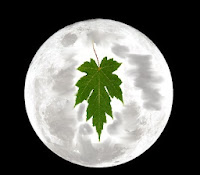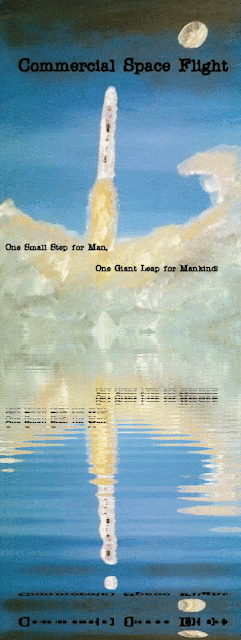NASA
scientists discover potentially billions of earth like planets. In 2009, after
the Kepler space telescope was launched, interesting data indicates there may
be other earths in our solar system. According
to proceedings from the National Academy of Sciences nearly one in five of the
11 billion planets have at least one earth-like planet orbiting it. It has opened a new perspective to scientists,
researchers, and space buffs.
These planets
are within 12 light years away which is not that far once the right equipment is available. It should be remembered
that Columbus first proposed the idea of finding a new Asian route in 1485 and
on his third voyage hit mainland South American in 1498 (13 Years). 1492
was the year he discovered the islands and he did not move at the speed of light.
Around 2011,
scientists discovered the Kepler-22b that contains stars within appropriate orbits around the sun. This means they could contain water and possibly be
within the human habitable zone. Being in this zone means there is a chance
they contain carbon based life forms, could be visited, or even colonized. Of
particular interest is the Kepler-62f which has about 40% more mass than earth.
Many other small earths were also discovered.
In the Milky
Way it is believed that 11 billion of the 50 billion planets are earth like. Most of
them are likely to be composed of substances that cannot contain life such as rocks,
gases, small atmospheres, etc. Yet if we look at the odds of the 11 billion
containing a few thousand, or more, of earth like planets containing earth
qualities the overall findings become significant.
NASA
scientists were monitoring 147,000+ planets to try and determine if similar
planets were rarer or more of a common occurrence. They investigated changes in light
from interstellar movement, distance from sun and temperatures that may
contain life. The scientists vow to find more information and seek additional
answers despite the eventual malfunctioning of the telescope.
As
technology develops we may someday be sitting on one of those planets looking
back at Earth through a telescope wondering how we got there. The answer is
likely to be something along the lines of, “After crawling out of the
wilderness a few great minds like Einstein and Ibn Sina dared to dream”. We will ponder our long development from eking
out a living with simple bone tools to navigating interstellar spacecraft. We
may even wonder what happened to the other dreamers who contributed to this triumphant
moment…and with a sigh, remember the improper uses we found for those primitive instruments.
Moving from
a flat earth to a round one, having the sun circle us to us circling the sun, from one continent to the next, to being one earth among many, human perception has changed . This is the process of development that
continues to widen and afford opportunities to understand a greater context of
information. As new information enters the human conscious we become more aware
of how we are one piece of a larger puzzle still holding petty differences that may soon
fade away into irrelevance (a century near you).
“Few people
are capable of expressing with equanimity opinions which differ from the
prejudices of their social environment. Most people are incapable of forming
such opinions."-Albert Einstein.
Read previous blog post, original journal publication, and theory of relativity HERE
Other Reading:

